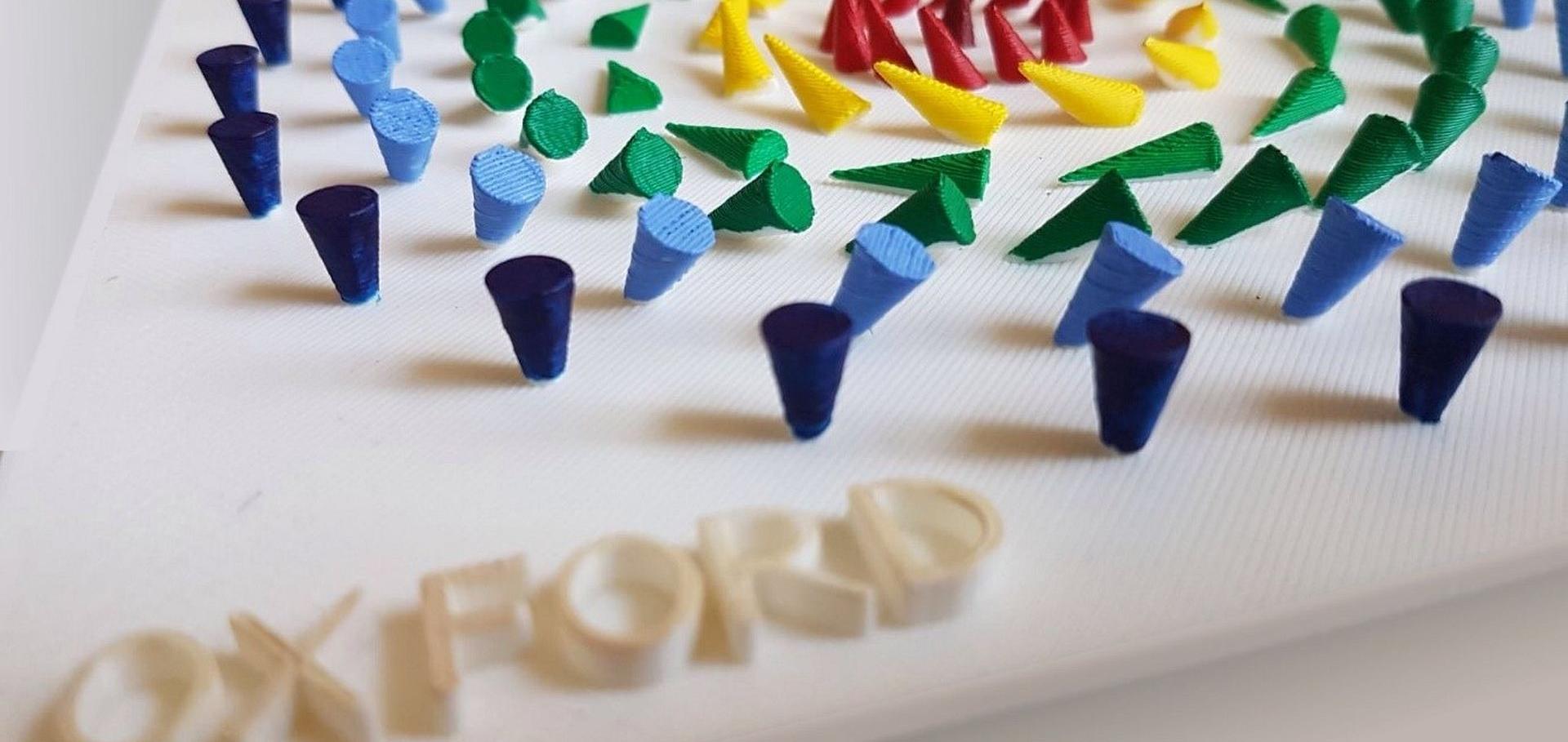The nature of charged zig-zag domains in MnAs thin films
Journal of Magnetism and Magnetic Materials 305:2 (2006) 457-463
Abstract:
We report on apparently charged domain walls in MnAs-on-GaAs(0 0 1) layers. For head-on domains, described as two domains facing each other with opposite magnetization, the domain walls of ≳ 200 nm thick films exhibit a zig-zag pattern. Depending on the width of the ferromagnetic stripes, which is a function of temperature and thus the strain in the easy axis direction, the zig-zag angle 2 θ increases from 90{ring operator} in the case of wide stripes to 180{ring operator} (i.e., to a straight wall) for narrow stripes. The underlying domain structure was calculated using a three-dimensional micromagnetic simulator. The calculations reveal a number of distinct domain patterns as a result of the system's attempt to reduce its energy through the formation of closure domain-like patterns in the easy plane. A diamond-like state consisting of two intersecting sub-surface domain walls is the underlying magnetic structure resulting in the observed, apparently charged domain walls. The zig-zag pattern of the domain boundary is explained by stray field minimization of the diamond state along the stripe. © 2006 Elsevier B.V. All rights reserved.Investigation of magnetically coupled ferromagnetic stripe arrays
Applied Physics A: Materials Science and Processing 84:3 (2006) 231-236
Abstract:
We studied the magnetic coupling of ferromagnetic, submicron-sized stripes in the material system MnAs on GaAs. A specific coupling state, determined by stripe period and stripe width, can be tuned via film thickness and temperature, respectively. Micromagnetic imaging - in combination with micromagnetic simulations - reveals two coupling regimes. Strong magnetic coupling between the stripes creates micromagnetic domains extending across several stripes, whereas weak coupling allows for demagnetization within individual stripes. This behavior is observed for all investigatedfilm thicknesses, since a stripe geometry leading to a given coupling scenario is a function of temperature.Analytical and numerical calculations of the magnetic force microscopy response: A comparison
Journal of Applied Physics 99:11 (2006)
Abstract:
We investigate the domain structure of submicrometer sized ferromagnetic stripes exhibiting in-plane and out-of-plane magnetized areas with magnetic force microscopy (MFM). Two simulation approaches are used to calculate the observed MFM response. The first relies on an analytical solution for the stray field of a bar magnet and the subsequent modeling of the sample as an arrangement of bar magnets. The MFM response is calculated for a realistic tip shape incorporating a distribution of magnetic dipoles. The second, numerical approach is based on a discretization scheme, breaking the tip-sample problem up into cells and then calculating the energy of the magnetic tip-sample interaction. The MFM responses obtained for the ferromagnetic stripe structure are compared. A discussion of the advantages and limitations of the two methods is given in terms of precision, computing time, and flexibility. The numerical method offers shorter computing times and greater flexibility, opening the door for realistic three-dimensional MFM response simulations. The advantage of the analytical method is the investigation of small structures, as its precision is higher for the comparable computational effort. © 2006 American Institute of Physics.Magnetization reversal in MnAs films: Magnetic force microscopy, SQUID magnetometry, and micromagnetic simulations
Physical Review B - Condensed Matter and Materials Physics 73:10 (2006)
Abstract:
The magnetization reversal of MnAs nanowires was studied by magnetic force microscopy (MFM) imaging in conjunction with superconducting quantum interference device magnetometry and micromagnetic simulations. MnAs films on GaAs(001) exhibit a submicron-sized regular array of ferromagnetic and nonmagnetic stripes, where the width of the stripes can be tuned by the temperature. The investigated thin samples show squarelike hysteresis loops, and the corresponding field-dependent MFM measurements confirm a collective flipping of the domains at the coercive field. Thicker samples, as well as thinner samples at higher temperatures, generally exhibit a rounded magnetization curve with a very low remanent magnetization. Based on three-dimensional micromagnetic simulations, the micromagnetic structure as well as the magnetic hysteresis of MnAs films on GaAs(001) is explained in a consistent way. © 2006 The American Physical Society.Micromagnetic properties of MnAs(0001)/GaAs(111) epitaxial films
Applied Physics Letters 88:5 (2006) 1-3


